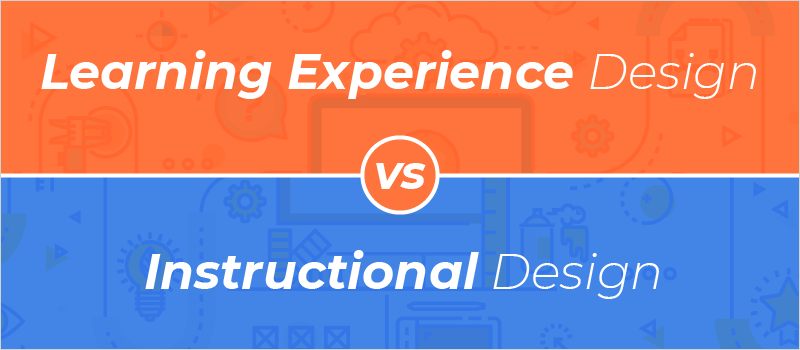
Learning Experience Design is becoming “a thing.” More and more folks are changing their titles from Instructional Designer to Learning Experience Designer. What is Learning Experience Design, anyway? Why the change? What’s the difference? In this webinar, Dr. Marty Rosenheck shared what it takes to become a Learning Experience Designer and steps you can take to get there.
We had a ton of audience questions and engagement during this webinar! Marty followed up here on some questions that we didn't have time to address during the webinar, and you can also join in on the LinkedIn discussion here and see one attendee's amazing sketched notes from the webinar here.
What is the difference in the skill set of an Instructional Designer (ID) vs Learning Experience Designer (LXD)?
The key skills of a Learning Experience Designer go beyond those of traditional Instructional Designer. These additional skills come from Learning Experience Design's parent disciplines, learning science, design thinking, user experience design (UX), content design and curation, learning technology, evaluation, and data analytics.
Don't worry, a Learning Experience Designer doesn't need to be an expert in all of these areas.
He or she just needs to master a couple of them, have a working knowledge of the others, and tap into a team of experts for the rest when needed.
Why is it that companies are either resistant to on-the-job training (OJT, the 70% in 70:20:10) or rely only on it? How prevalent is it that L&D professionals work with the business on the 70% as well?
I've worked with companies who focus primarily on formal training and others who have had almost no formal training and rely completely on on-the-job learning. There are problems with each.
The issue with formal training is that only a small portion of it actually transfers to the job. And whether it is planned for or not, after formal training, people go back and learn on the job by trial and error and asking for help from others.
While on-the-job learning is authentic, it tends to be a very haphazard, inefficient way of learning, taking a long time with casualties along the way.
Learning Experience Designers can bridge the gap by designing a systematic set of formal, informal, and on-the-job experiences. Learning and Development folks can have a great impact by working with the business and managers to guide people to the right set of work experiences, and providing coaching, feedback, and content the learners need.
Do we need to have an in-depth knowledge about the learner before we create a course?
Two of the parent disciplines of Learning Experience Design are design thinking and user experience design. They are both centered on a deep understanding of the user (in our case, the learner). This is very important. Without understanding your audience, you may design learning that you and your internal clients think is terrific, but the learners either don't use it or grudgingly use it. Worse, they don’t apply it to their work at all. To avoid this, it’s worth investing some time in understanding the users, their goals and motivations, their level of experience, and their context to make sure that the learning experiences that you design are actually going to be used and will be effective.
Watch the webinar recording now to learn more about instruction design versus learning experience design:
The eLearning Brothers Custom Solutions team can help you bring more elements of learning experience design into your training. Contact us for more information!








